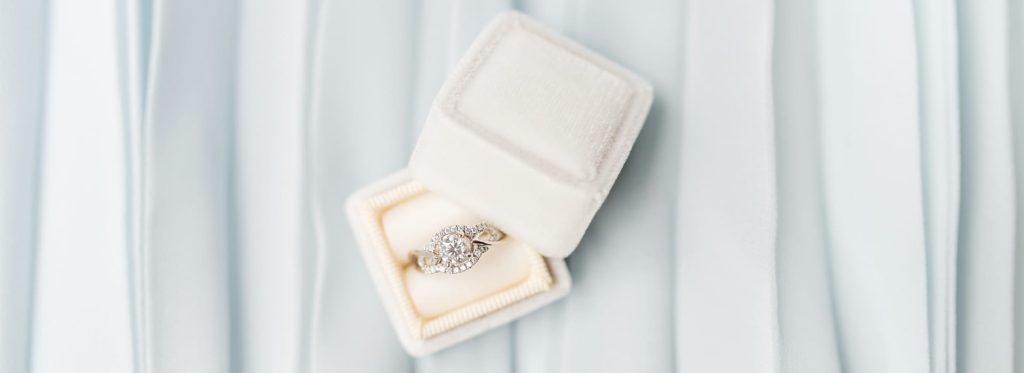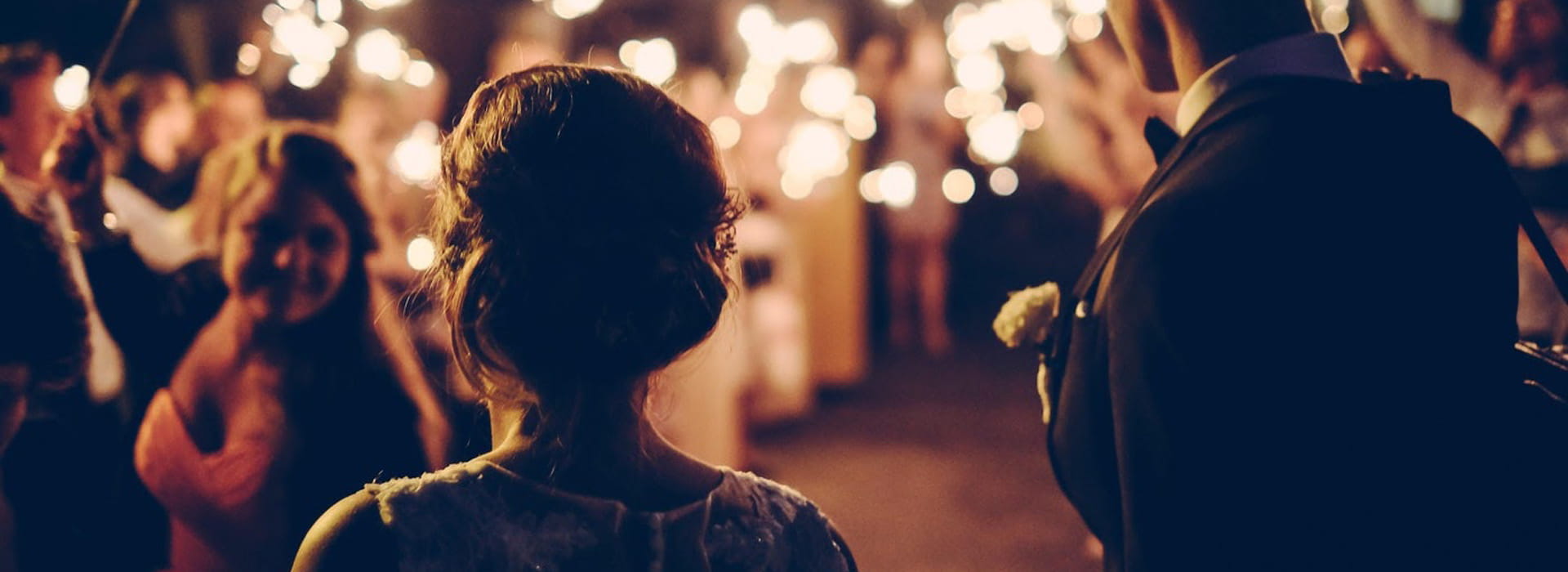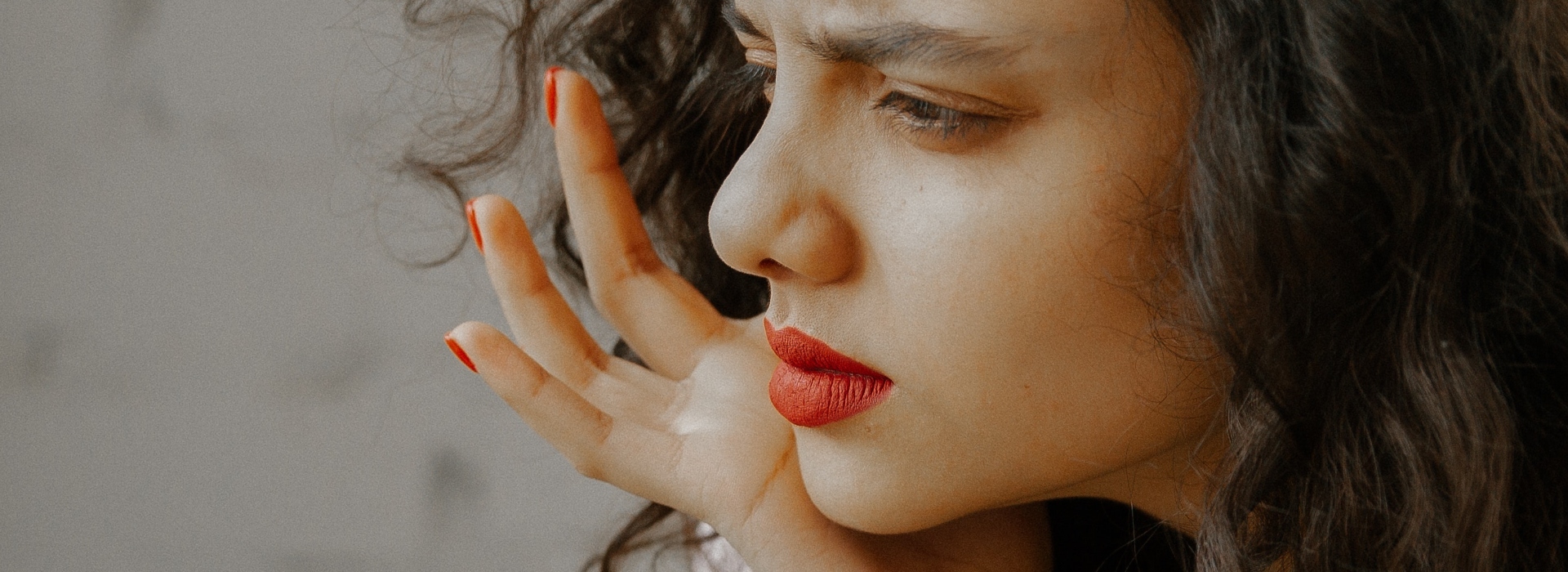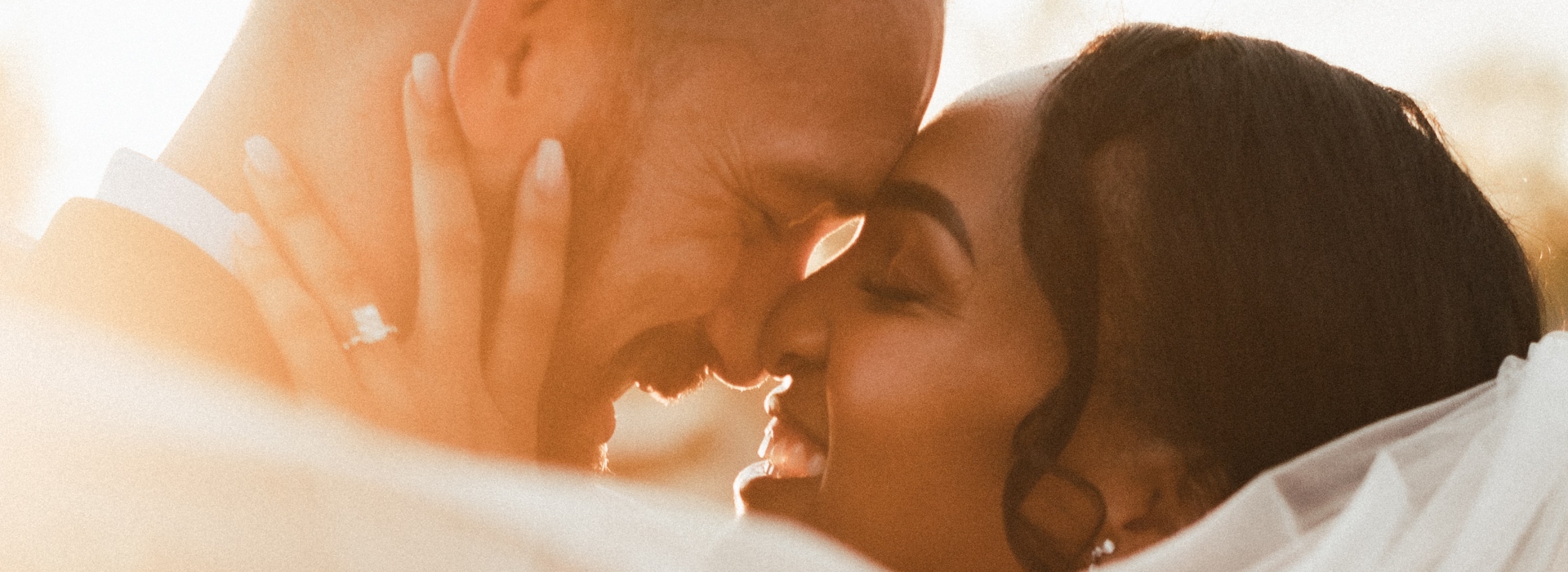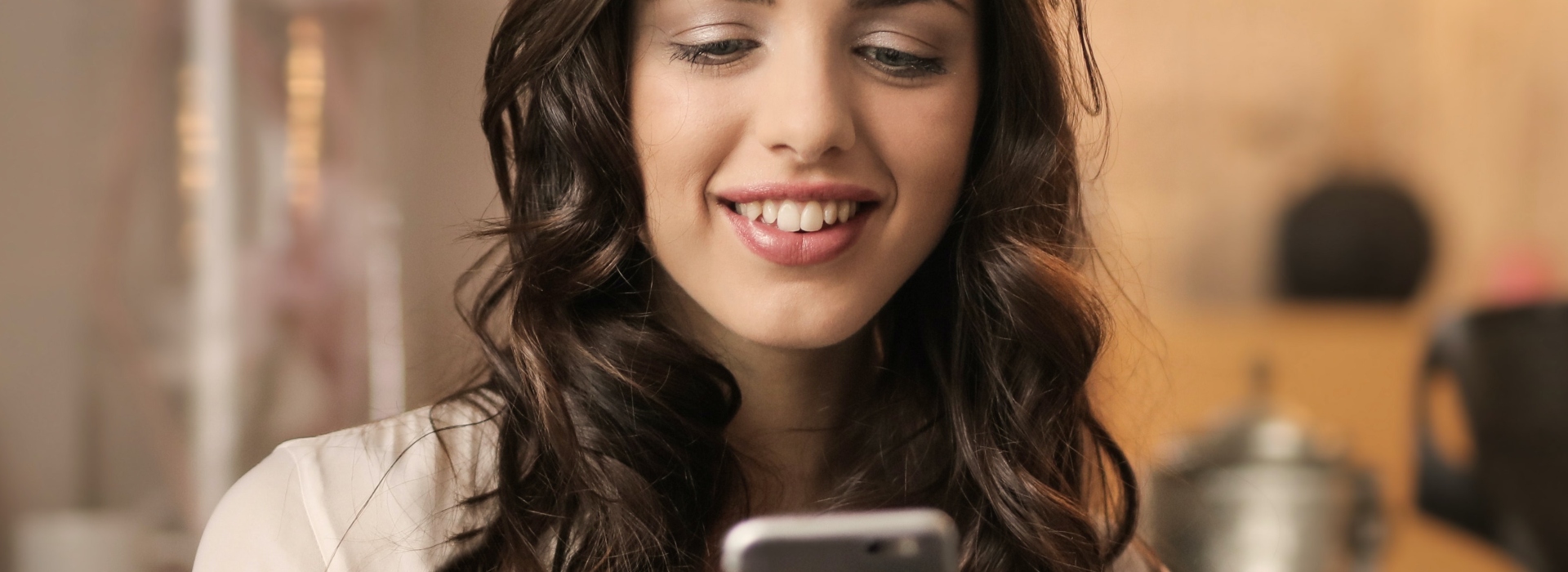There’s no denying COVID’s impact on the wedding industry was immediate and significant. Wedding vendors have had to pivot hard. They’ve had to learn entirely new ways of working with clients, from Zoom consultations to at-home cake tasting kits and more. There is good news, though. This isn’t the first time the wedding industry has experienced a significant impact and come back. We’re taking a look at three ways wedding pros can project customer patterns by looking at history.
THREE HISTORIC WAYS COUPLES HAVE REACTED DURING UNPRECEDENTED TIMES
The wedding projections were big for 2020. (Even years are popular for weddings, plus it was the start of a new decade.) Now, many wedding vendors are looking ahead and wondering how many weddings will be rescheduled, how many will keep their budget size, and how many will postpone until much later.
Historically speaking, while some couples may postpone for a little while, most are still eager to celebrate — and difficult times have always birthed new trends and innovations in this industry.
Let’s dive into how people have reacted in the past and the three ways we can project customer patterns by looking at that history.
1. An economic downturn (or uncertain economic times) often affects wedding budgets— but not for everyone. Couples still get engaged and marrying couples get creative.
During the Great Depression, the marriage rate fell to a dramatic 22% in the United States from 1929-1933. Many couples lacked the money to get married, but they didn’t cancel — they postponed.
For the people who did get married, many of them had to get creative because of limited funds. This is where the fabric rayon was developed as a less expensive solution for wedding dresses. The phrase, “Use it up, wear it out, make it do or do without,” was popularized. There was a trend of using a dress the bride already owned and naturally-decorated cakes.
The Takeaway —
While many people are affected by an economic downturn, not everyone is. There are clients out there with the budget for your services. For the couples whose budget does drop, they are looking for cost-effective options and stress-reducing solutions.
Like with the creation of rayon, wedding pros should look for innovative opportunities to solve problems for their couples. Every circumstance births new trends. Be on the lookout for those.
DIY may become popular again, as it was in the Depression. But DIY doesn’t have to mean cheap. There is always a way to be part of every couple’s journey. (Check out 6 Ways Wedding Pros Can Still Be Part of the DIY Couple’s Journey.)
2. Uncertain seasons in society affect wedding timelines. It also makes way for new product development.
By 1942, during World War II, America saw an 83% increase in marriages from pre-war years. Many couples eloped prior to overseas deployment. In that year alone, 1.2 million weddings happened in the U.S. These weddings were often put together in a matter of days or even hours before a soldier deployed.
A Vogue article at the time described weddings like this —
“Weddings nowadays hang not on the bride’s whim, but on the decision of the groom’s commanding officer. He names the day when he grants that unexpected furlough… The 1942 schedule may run something like this: engagement announcement on Monday, invitations sent out by telegraph on Wednesday, the last handful of rice and rose petals flung on Saturday.”
Because of the quick manner of weddings, the bride’s fashion was greatly impacted.
“The dominant daytime silhouette was one that reflected the practical needs of the wartime woman. Skirts short enough to ride a bicycle, jackets buttoned high to the neck for warmth, a lacy sweater to make the wool go further, sturdy shoes, and a shoulder bag,” according to Vintage Weddings: One Hundred Years of Bridal Fashion and Style by Marnie Fogg.
But it was during this unprecedented seasons that one of today’s current leading wedding products was popularized. Men’s wedding rings weren’t common before this time, but because weddings were quick as was the impending separation, grooms began wearing a wedding ring to connect them to their brides back home.
The Takeaway —
When society and normal life seem changed forever and the future seems uncertain, couples will drastically change their timelines for love — and convenience.
Wedding pros may need to develop new products altogether to serve the needs of current couples. It could be as simple as reimagining what you do to accommodate the new timelines or uncertain schedules. Don’t wait to see what does or doesn’t change with COVID; work to be proactive by updating policies and products now.
3. Recession behavior leads to major wedding trends. Expect them to stay around and revisit your business model or service menu with this in mind.
When the Great Recession hit in 2008 couples were spending an average of $29,334 on their wedding in the U.S. That number dropped to $28,385 in 2009 and dropped again in 2010 to $26,984. But by 2011, couples began spending at the 2008 levels and have predominantly increased by increments over the last decade.
As budgets dropped in the Recession, intimate weddings with smaller guest lists were birthed as a micro-trend which has steadily grown in popularity over the years into a trend with staying power.
The beauty of this trend is that as guest lists have gone down — on average — budgets have only increased, which means couples are focusing on experiences and reallocating those funds. They aren’t cutting back; they are actually buying higher-end items. Obviously, large weddings will never be out of vogue, but it’s important to note that what was born out of necessity in reducing the budget became a trend that stayed even once budgets got back to normal.
The Takeaway —
The Recession brought about the surge in intimate weddings and with it came several micro-trends towards impressive, interactive guest experiences or shifts in catering preferences with a focus on exciting foods and more. Keep in mind that the changes COVID has created are likely going to stay around — and likely bring about a surge of related trends now that people have a taste for the minimony or micro wedding or destination elopement, etc.
Be on the lookout for those trends and make an effort to lead the way. You’re likely to see one-year anniversary parties become like wedding receptions with large guest lists and wedding-level details because of the delayed celebrations.
For more information on wedding trends, check out 5 Places You’ll See Bold Colors at Weddings in 2021.
__
Written by Corrie McGee


